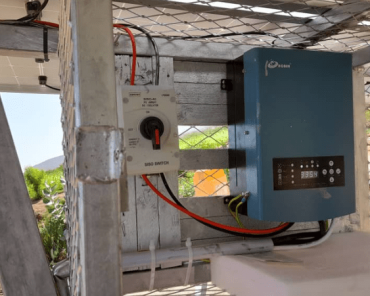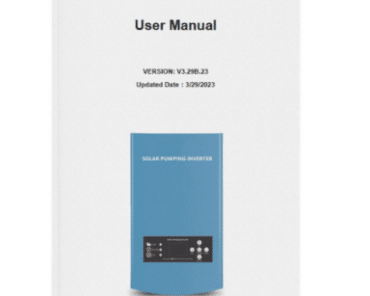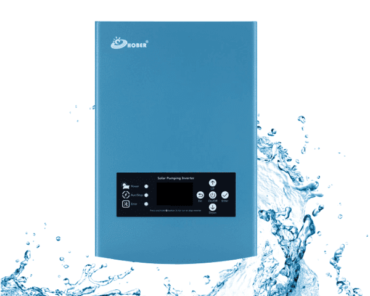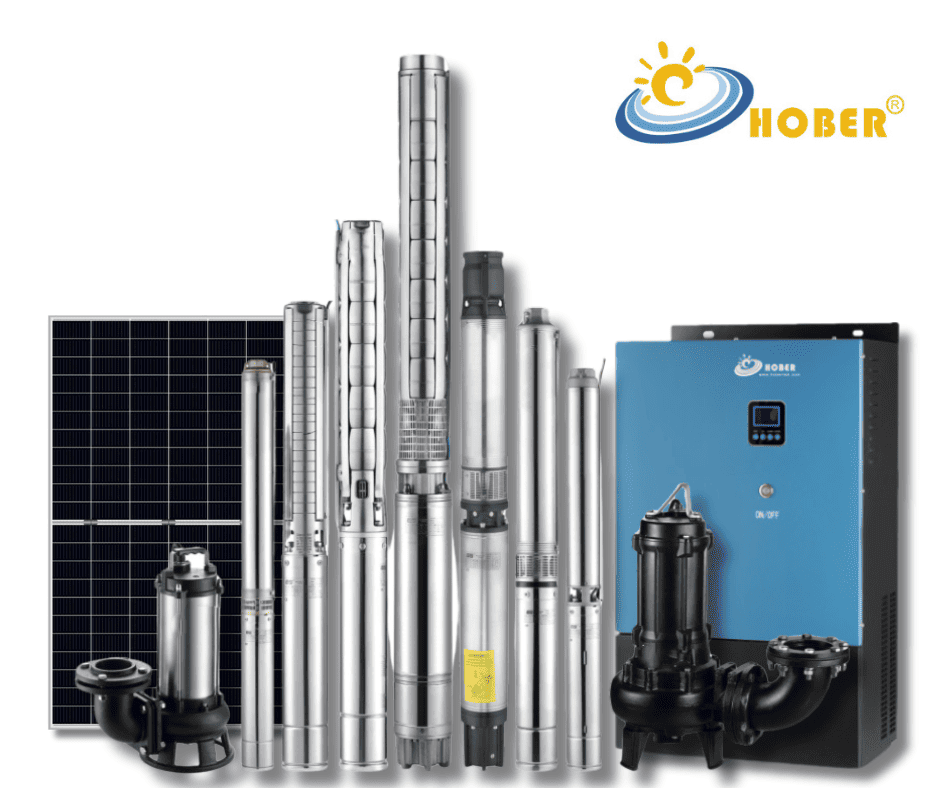Have you ever found yourself scratching your head, pondering the future of sustainable energy, particularly when it comes to water pumps? If you’re like most of us at HOBER, you’re always on the lookout for green, cost-effective solutions that don’t skimp on performance.
The total power of the solar panels should be 1.5 times the power of the water pump,also you need conside varies Factors like pump type, geographic location, and energy consumption all play roles.
Still with me? Great! Because this is where we dive into the nuts and bolts, or should I say, the cells and modules of the solar world.

Why Are Solar Water Pumps Important?
Solar water pumps are not just a trend—they’re a necessity in today’s energy landscape. They offer a renewable energy source, are incredibly cost-effective over the long run, and are a green technology that reduces carbon footprints. Don’t believe me? Check this out.
What Types of Solar Pumps Exist?
Submersible Pumps
For water sources that are deep, solar submersible pumps are your best bet. [solar submersible pump]
Surface Pumps
If you’re dealing with above-ground water sources, solar surface pumps are more appropriate. [solar surface pump]
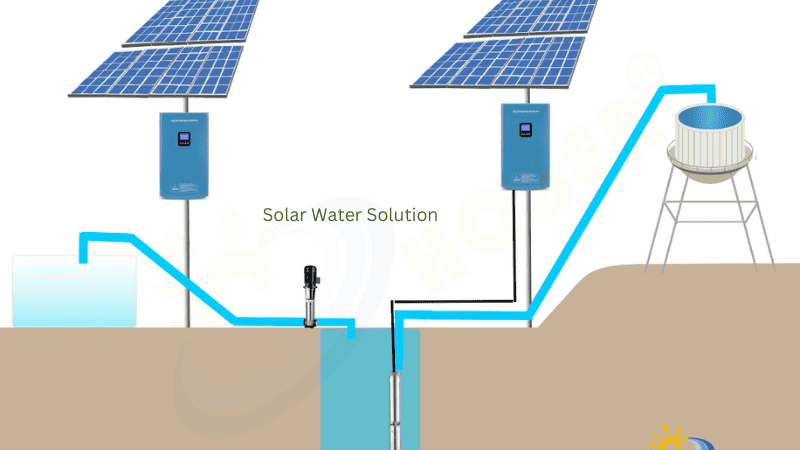
Battery-Operated Pumps
If you need to store energy for later use, consider solar battery-operated pumps. [solar dc pump]
Solar Panel Basics: What You Need to Know
Types of Solar Panels
There are mainly three types: monocrystalline, polycrystalline, and thin-film. Each has its pros and cons.
Efficiency Matters
The conversion rate and energy output of a solar panel significantly impact how many panels you’ll need.

Calculating Your Power Needs
Understanding Wattage
You need to factor in power consumption and electricity costs to get a clear picture.
Different Pumps, Different Power
Each pump type comes with unique power ratings and specifications.
Factors Affecting Solar Panel Requirements
Geographic Location
Latitude, climate, and solar irradiance can greatly affect your solar panel needs.
Time and Operation
Consider daylight hours and how much energy reserve you’ll need.
Installation Guidelines
Spot Selection
Choose an area with maximum solar exposure.
Professional vs DIY
Consider installation costs and warranty when deciding between professional installation and DIY.
Government Grants and Subsidies
Don’t forget to look into financial incentives and tax credits available in your jurisdiction.
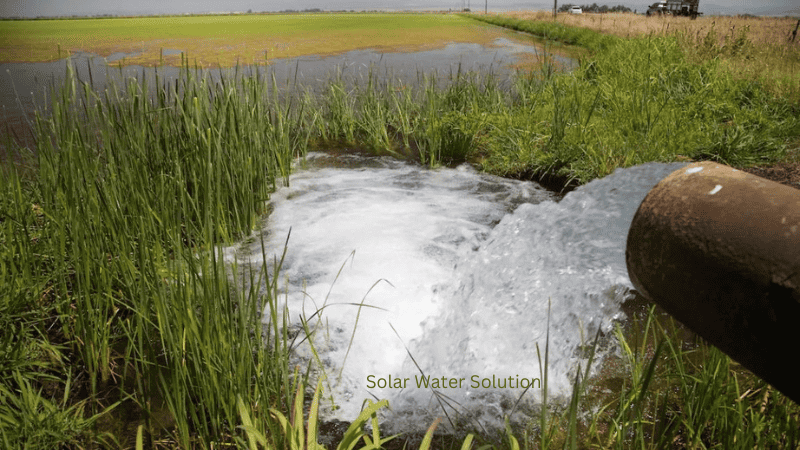
Maintenance and Troubleshooting
Keep ‘em Clean
Regular maintenance ensures your solar panels operate efficiently.
Common Issues
Address pump failures and energy shortfalls promptly.
FAQs and Conclusion
Still have questions? I bet you do. The world of solar energy is as expansive as the sun itself. But for now, let’s land this solar-powered plane.
To sum it up, the number of solar panels you’ll need depends on a multitude of factors, from the type of pump to your geographic location. However, with the right knowledge and resources, going solar is a bright idea that pays off in more ways than one.
Ready to take the plunge into a more sustainable future? Reach out to us at HOBER, and let’s make your solar dreams a reality. Because the only thing better than harnessing the sun’s energy is doing it with style. Wink.

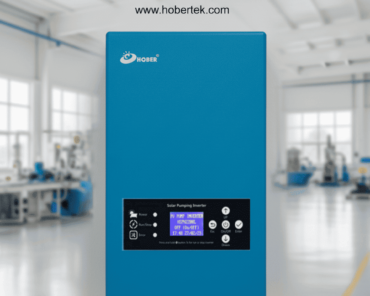
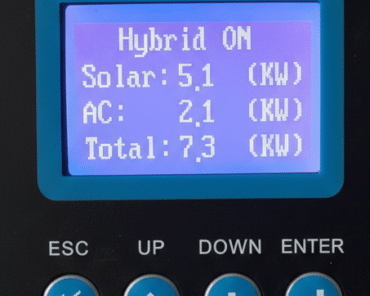
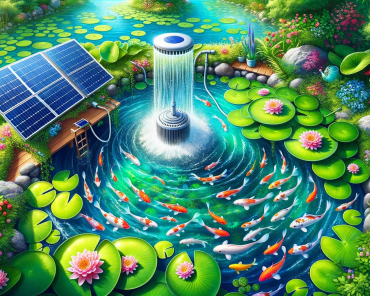
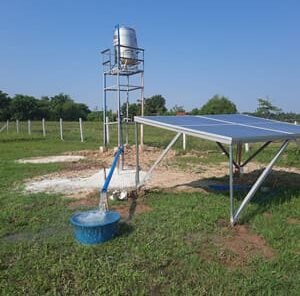
](https://hobertek.com/wp-content/uploads/2025/03/solar-pump-inverter-for-irrigation-efficient-water-pumping-solution-370x296.png)
